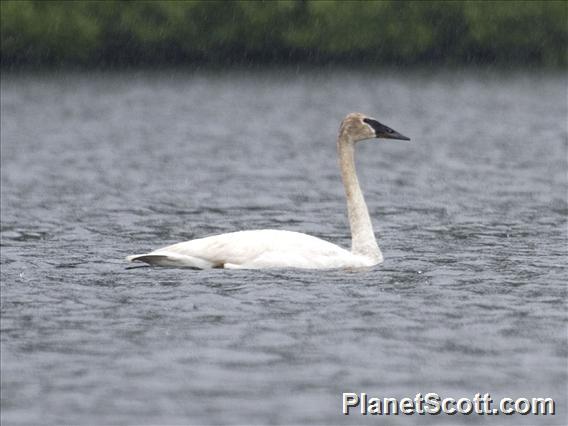Trumpeter Swan (Cygnus buccinator)

Trumpeter Swan (Cygnus buccinator)
×


Trumpeter Swan (Cygnus buccinator)
About Trumpeter Swan (Cygnus buccinator)
- Kingdom: Animals
- Phylum: Chordates
- Class: Birds
- Order: Anseriformes
- Family: Swans, Geese, and Ducks
The trumpeter swan is a species of swan found in North America. The heaviest living bird native to North America, it is also the largest extant species of waterfowl, with a wingspan of 185 to 304.8 cm. It is the American counterpart and a close relative of the whooper swan of Eurasia, and even has been considered the same species by some authorities. By 1933, fewer than 70 wild individuals were known to exist; extinction seemed imminent until aerial surveys discovered a Pacific population of several thousand trumpeter swans around Alaska's Copper River. Careful reintroductions by wildlife agencies and the Trumpeter Swan Society gradually restored the North American wild population to over 46,000 birds by 2010.
Source: Wikipedia
Lifelists
Visits
-
2010-06-08
Denali State Park, United States of America -
2012-07-08
Necedah NWR, United States of America


